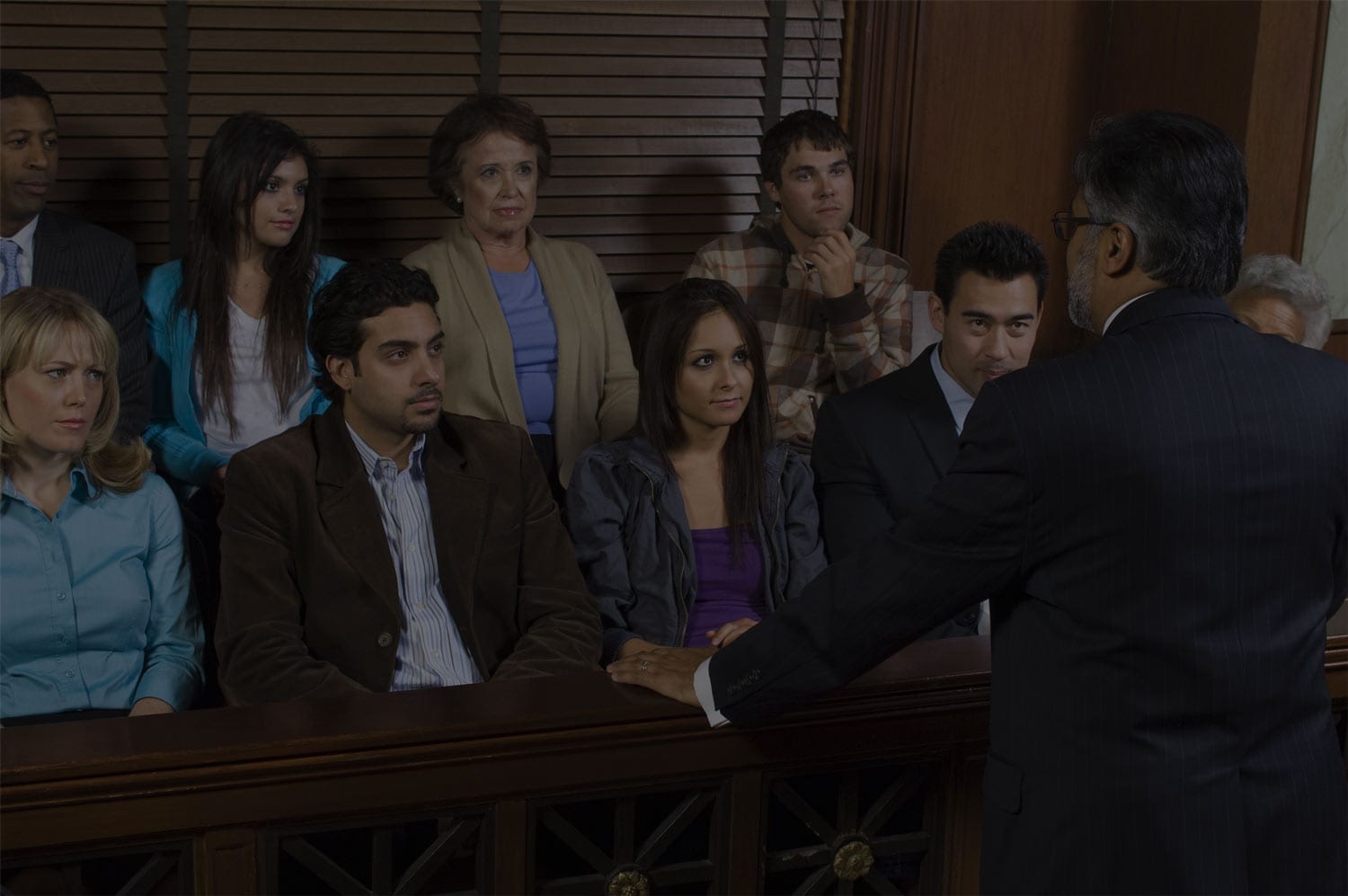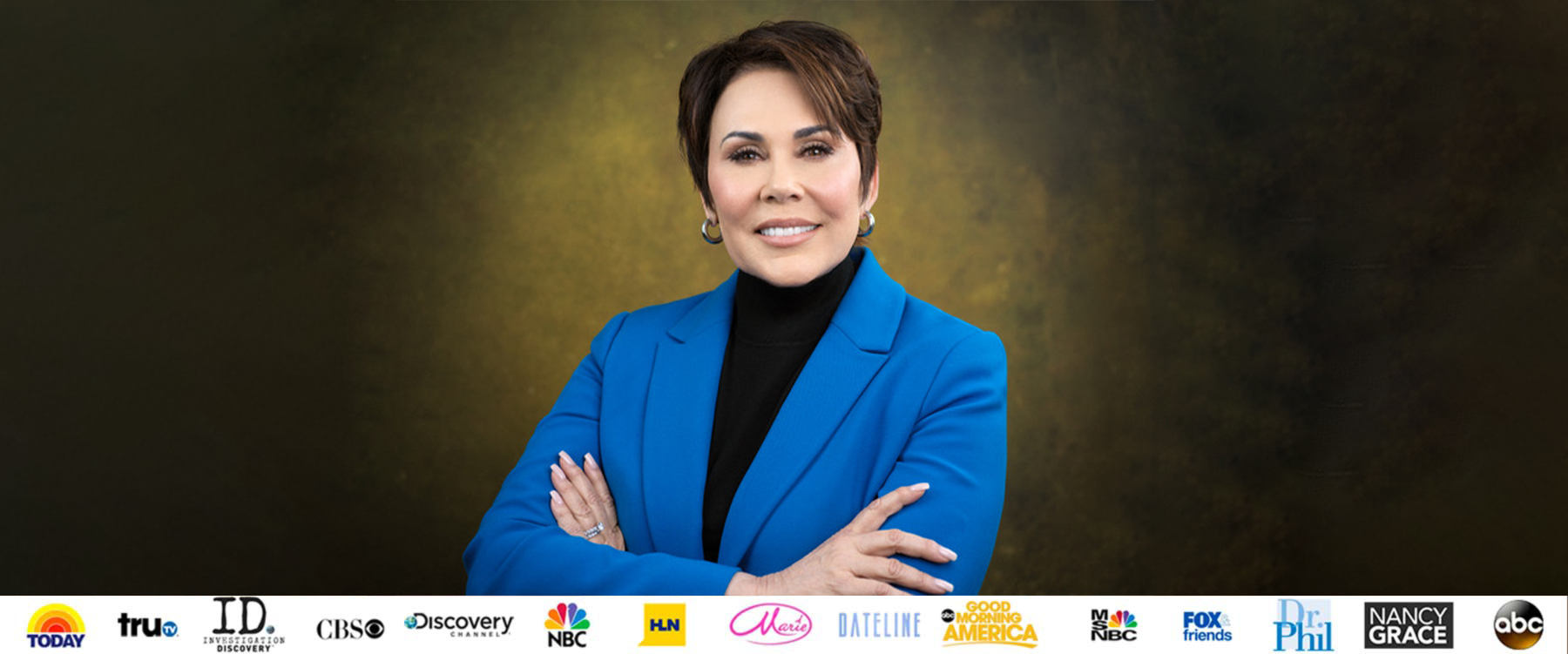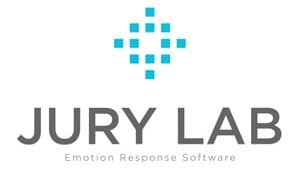Measure the True Impact of Your Arguments
Lawsuits that go to trial can be tremendously expensive — more so when perceptions of the case’s strength don’t match reality.

Measure the True Impact of Your Arguments
Lawsuits that go to trial can be tremendously expensive — more so when perceptions of the case’s strength don’t match reality.
Jury Lab™ Emotion Response technology was created to mitigate that risk, improving the chance of successful outcomes by testing jury responses before the case goes to trial.
“In many cases, wins and losses are decided in the opening statement.”
– Susan Constantine MPsy, Founder of The Human Behavior Lab and Creator of Jury Lab
LESS RISK.
MORE REWARD
LESS RISK.
MORE REWARD
THE POWER OF SCIENCE
Jury Lab is a patented emotion response software designed specifically for legal professionals.
Through analysis of the facial expressions of up to 12 mock jurors, legal teams using Jury Lab are able to test arguments, key points, opening and closing arguments, photographic and video evidence, witnesses, and more, to pre-determine how a real jury might perceive their trial strategy.
Powered by an expansive collection of millions of facial response data points, Jury Lab takes the science of emotion recognition technology proven in autism diagnosis, marketing/advertising research and sophisticated political strategies, and brings it to the legal profession.
So rather than the risk of assumptions, Jury Lab delivers greater clarity and certainty — which can translate into smarter settlements, adjustments in case strategy and improved chances of victory.
WHY JURY LAB?
Emotions may be difficult to read, but are essential to understanding.
Created by trial consultant and human behavior expert Susan Constantine , Jury Lab is premised upon the idea that the way in which people respond to an online survey, or answer a question in a group environment, may mask their true feelings.
According to recent research , even the observations of the most astute federal judges, clinical psychologists and law enforcement professionals are right only about half the time when it comes to accurately gauging people’s emotions.
With Jury Lab in play at mock trial settings, however, attorneys can increase that accuracy by 95%.
Professionals who can benefit from Jury Lab include:
Attorneys | Trial Consultants | Research Institutions | Academia | Government agencies | Corporations
HOW IT WORKS

Jury Lab uses a series of optical arrays to track and capture dozens of separate locations on the faces of jurors during mock trials.
Every subtle facial expression, no matter how small, is measured and marked at the moment it happens.
Once gathered, digital algorithms convert all of these captured expressions into measurable, quantified inputs.
From these inputs are generated customized, easily understood reports legal teams can use to improve their arguments and strengthen their legal strategies.
Measure Emotions
Capture every smile, yawn, raised eyebrow, moment of confusion or other silent signals for conversion into actionable data.
Analyze Data
Easy-to-interpret user interfaces present all the optical sensors measured, integrated seamlessly within a framework of proven benchmarks to drive top-level analysis.
Gather Insights
See both individual and aggregate emotional engagement, plainly communicated to provide you with the information you rely on to optimize your arguments.
RESEARCH
In February 2016, Jury Lab conducted its own market research to hear what trial attorneys had to say about mock jury simulations.
Analyzing 447 attorney responses, 59% were aware of and understood the value of mock trial consulting/focus group services, and 24%
have used such services in the past. A total of 70% agreed emotions played a significant role in jurors’ decision-making process.
When asked about the advantage of receiving emotive response data (such as Jury Lab) on mock jurors’ reactions to presentations, 34% felt it would be “very significant” and 53% thought it would be “a helpful resource.”
Asked about being able to have a more complete understanding of mock jurors’ emotional reactions to witnesses, evidence, and pictures/videos during presentations, attorney responses ranged from49%-59% saying it would be “a helpful resource,” and 22%-38% stating it would be “very significant.”
ABOUT THE FOUNDER


